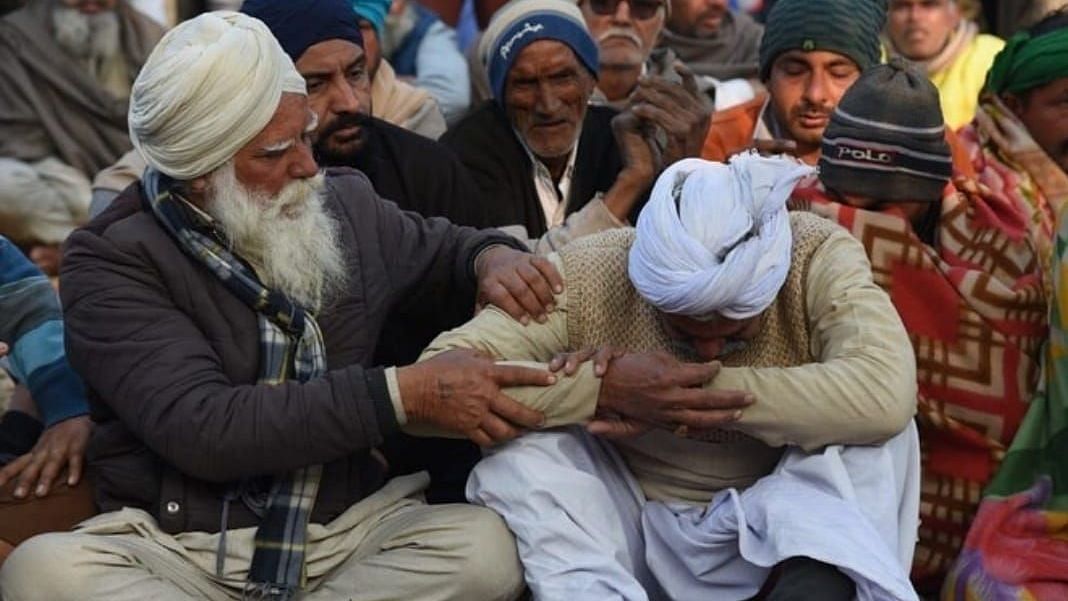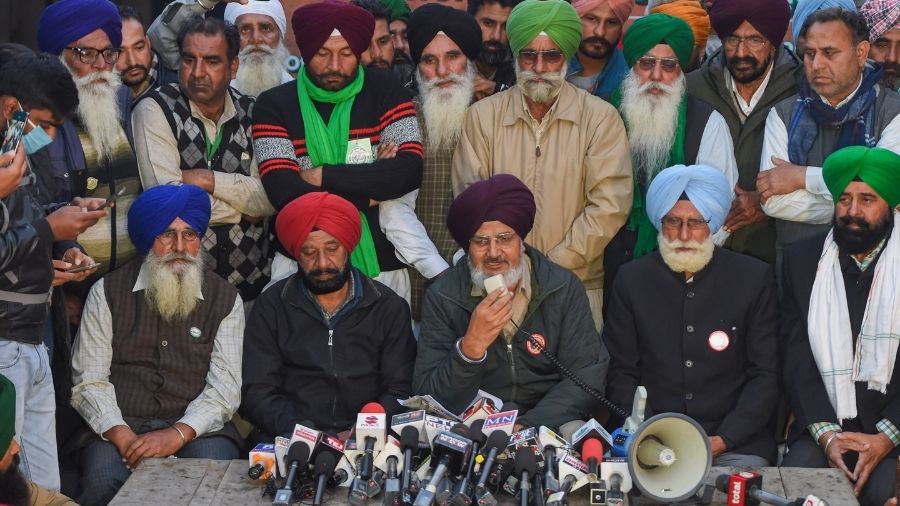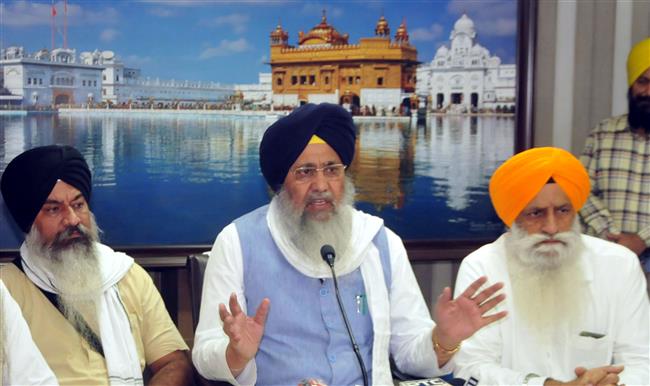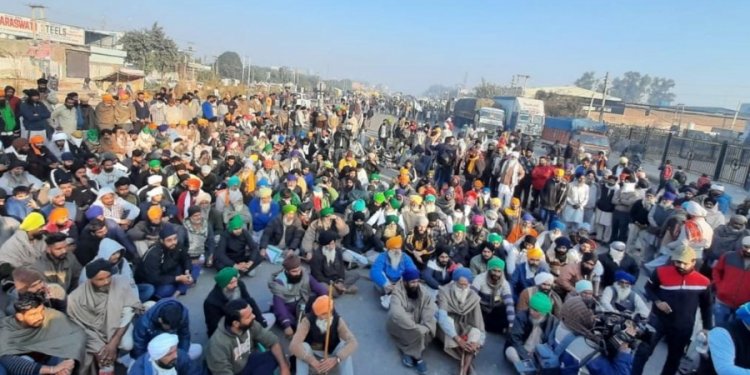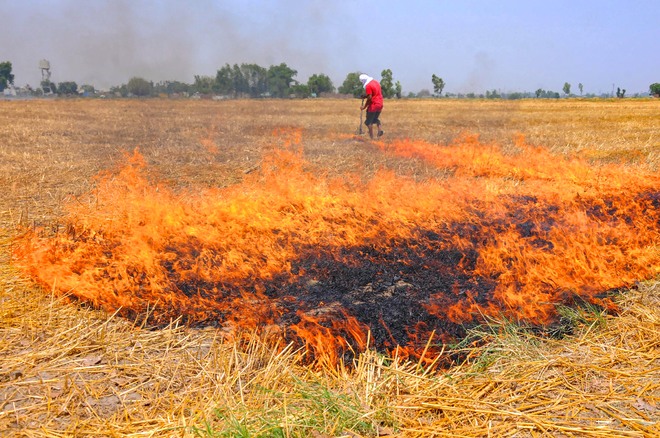Punjab has recorded an increasing number of incidents of stubble burning this season, the maximum in four years, as indicated in the data released by the Punjab Remote Sensing Centre. Experts believe that this is a direct fallout of the government’s three new agricultural laws that have been at the centre of protests in the state for months.
The state has recorded 73,883 incidents of burning of stubble between September 21 and November 14, which has been the highest since 2016. Punjab had reported 51,048 stubble burning cases in the corresponding period last year, and 46,559 such incidents in 2018. The number of cases of stubble burning was 43,149 in the state during the same period in 2017.
The share of stubble burning in Delhi’s air pollution rose to 40% this Sunday, the highest so far this season, as per a central government air quality checking office. In Punjab, this year the stubble fires have gone up from 40% to 68% in a long time (since 2017).
Experts have suggested that ex-situ management of stubble must be used, by taking help from the central government, as currently the efforts to tackle stubble are primarily centred on in-situ management.
The Ministry of Earth Sciences’ Air quality monitoring mechanism, SAFAR, indicated that 3,216 stubble burning incidents were detected over Punjab, Haryana, Uttar Pradesh, and Uttarakhand on Saturday.
Consistently, farmers have been criticized for causing a significant contribution to the terrible air pollution in Delhi due to the burning of stubbles in fields. In the neighbouring states of Haryana and Punjab, they generally resort to the technique during the long stretches of October and November as a modest method of clearing their fields after reaping the harvests. Regardless of a restriction on stubble burning, farmers state that they must choose the option to burn down the harvest residue as they cannot bear the cost of any delay in getting their fields clear prior to planting the following season crop.
What is Safar
The System of Air Quality and Weather Forecasting And Research (SAFAR) is a national initiative introduced by the Ministry of Earth Sciences (MoES) to measure the air quality of a metropolitan city, by measuring the overall pollution level and the location-specific air quality of the city.
The system is indigenously developed by the Indian Institute of Tropical Meteorology (IITM), Pune and is operationalized by the India Meteorological Department (IMD).
It has a giant true color LED display that gives out real-time air quality index on a 24×7 basis with color-coding (along with 72 hours advance forecast). The ultimate objective of the project is to increase awareness among the general public regarding the air quality in their city so that appropriate mitigation measures and systematic action can be taken up.
It organizes awareness drive by educating the public (prompting self-mitigation). It also helps the policy-makers to develop mitigation strategies keeping in mind the nation’s economic development.
SAFAR is an integral part of India’s first Air Quality Early Warning System operational in Delhi. It monitors all weather parameters like temperature, rainfall, humidity, wind speed, and wind direction, UV radiation, and solar radiation.
Pollutants monitored under SAFAR are PM2.5, PM10, Ozone, Carbon Monoxide (CO), Nitrogen Oxides (NOx), Sulfur Dioxide (SO2), Benzene, Toluene, Xylene, and Mercury.
The World Meteorological Organization has recognized SAFAR as a prototype activity on the basis of the high-quality control and standards maintained in its implementation. SAFAR system would benefit cost savings to several other sectors like agriculture, aviation, infrastructure, disaster management, tourism, and others which directly or indirectly get affected by air quality and weather.
Present subsidy not enough
Farmer union leaders have said that farmers know the health and environmental hazards of burning stubble, but they are left with no choice. Jagmohan Singh, general secretary, Bharatiya Kisan Union (Dakonda) presented the point of desperation of farmers stating, “Farmers burn stubble out of desperation. We know it causes pollution. The first victim is the farmer, who also suffers respiratory diseases because he is the one who lights the fires. But what choice do we have?” Farmers said that they need machines to avoid stubble burning, but they are too expensive and the government subsidy is not enough.
Jagmohan Singh further said, “We need machines, which will cut and sow the seeds (for the next season) faster. We also need bigger tractors. But these machines are expensive. The state government gives them at a subsidized cost. But if the machine costs Rs 4 lakh and the government gives it at Rs 2 lakh, the farmer still has to pay Rs 2 Lakh. Where will that come from?”
Farmers also said that the state government has not given them the compensation as ordered by the Supreme Court in 2019. Joginder Singh Ugrahan, chief of Bharatiya Kisan Union (Ekta Ugrahan) said, “The Supreme Court had said farmers should get Rs 100 per quintal incentive for not burning stubble. But the Punjab government has not released a single rupee to any farmer in a year. Yet now they want to impose penalties on farmers for stubble burning.”
Farmers also pinned the blame on the government for not allowing diversification of crops. Joginder Singh added, “We do not just want to cultivate paddy. We want to diversify and cultivate other crops. Cultivating paddy harms the soil as well as groundwater. It also needs a large amount of pesticides and fertilizers, which affects the soil.”
Ugrahan said that the farmers are bearing the brunt of state government’s failures. Singh also added, “The government has not found fast solutions and the Centre is only interested in imposing fines. Neither of them is trying to understand the farmers’ problems.”
Sustainable solutions being looked at by Government
Punjab Chief Secretary Vini Mahajan, had recently said that the government is looking at sustainable solutions to curb stubble burning.
Mahajan also added, “The number of stubble burning incidents is not the best indicator of the situation. We have been looking at the area of the field being burnt. Our intent is to reduce the impact on the environment. For instance, if two small heaps are set on fire and one acre field is set on fire, the number of incidents is more in the first case, but the second case is covering a larger area and causing more harm. So while incidents have increased this year, the area has not increased.”
He also added, “One of the main problems with paddy soil is that it cannot be used as fodder. So we are looking at diversifying into basmati paddy, which can be used as fodder. In addition, we are looking into microbial solutions through microbes that dissolve the stubble and convert it into nutrient for the soil.”
The chief secretary also said that the trials are going on across several thousand acres of land and the government has also developed several projects for the generation of bio-CNG and bio-ethanol from paddy straw. Vini Mahajan on being asked about the rising instances of stubble burning amid the Covid-19 pandemic, said that the government is working on awareness programmes to stop farmers from burning stubble to protect both human health and environment.


